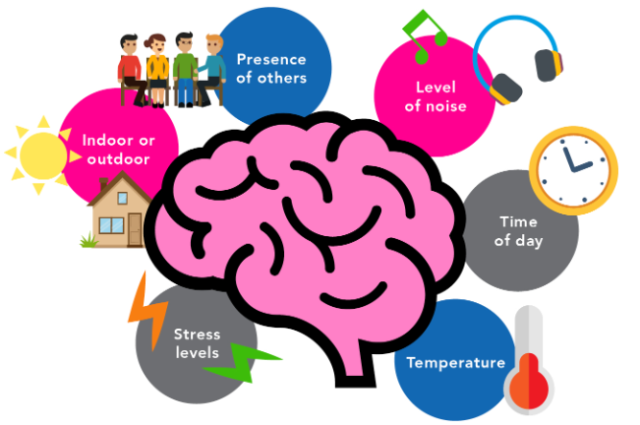Zap, crackle and pop, beware a voltage drop: the importance of context in behavioural interventions
12 September 2023
In the chilling aftermath of a 1960s military coup that birthed Indonesia's 30-year dictatorship, "Behave" by Robert Sapolsky recounts the ghastly tale of a writer stumbling upon a horrifying rumour. Amidst the regime's merciless reign, a paramilitary group orchestrated village massacres with an unthinkable twist – they brought along a traditional orchestra. Curiosity driving him, the writer confronted a veteran, who chillingly confirmed the sinister truth: the musicians and instruments were there "to make it more beautiful".
As someone interested in people’s behaviour that statement is about as fascinating as it gets. One behaviour, horrifying in every way, can be transformed in the minds of those performing it merely by manipulating the context within which it is taking place.
Before my PR department place an embargo on this article going out, I shall dispense with the barbarism and focus on the behavioural lessons.
The fascinating thing when it comes to the environment or context in which we all live is that we rarely realise how much it is impacting our decision making as we go about our daily lives.
Given its undeniable capacity to wield such influence, it begs the question: what exactly constitutes context?
To those interested in the design of behavioural interventions this isn’t merely an interesting question, it is a crucial one which is imbued with a great amount of nuance and complexity.
Zap, crackle and pop, beware a voltage drop
Failure to appreciate context’s implications is a key reason behind the challenges faced when translating or scaling findings from one domain to another or moving from tightly controlled laboratory experiments to broader implementations.
Neatly termed a "voltage drop", this discrepancy can often be credited to a difference in the context and/or populations in which behavioural interventions are being implemented.
But how can you dissect context? Is it even possible? Or are we, as behavioural practitioners, destined to flail around in a soup of intervention-busting contextual factors just hoping that our planning leads to our intended behaviour change? If only there were a checklist at the disposal of applied behavioural scientists, aiding them in evaluating the transferability of an intervention across two different settings…
Well, in a valiant effort to add nuance to the concept of contextual differences by identifying its constituent parts, the behavioural boffins over at Behavioural Economics in Action at Rotman (BEAR) and BEworks have attempted to do just that and you can find a link to it at the bottom of this article.
A checklist!
Using seven popular interventions as a starting point, the researchers got busy identifying the elements of context across two kinds of variables – differences in the situation in which the intervention was delivered and received, and differences in the recipient population of the intervention.
Taking the first variable of interest: differences in the situation in which the intervention takes place and honing in on just one dimension of this - the physical environment - there are a host of possible contextual factors that the checklist covers. These include: temperature, lighting, noise level, colours in the environment, indoor or outdoor setting, seasonal ambiance, hours of sunshine…
And when it comes to differences in the populations targeted by interventions, a similar list of helpful contextual factors to consider are provided from demographics to psychological traits, states and beyond.
In summary, it is a timely and helpful reminder that the laws of human behaviour are highly context-dependent and with the potential number of contextual factors being so vast, this checklist provides a neat starting point from which to build.
Get a copy of the checklist here.













